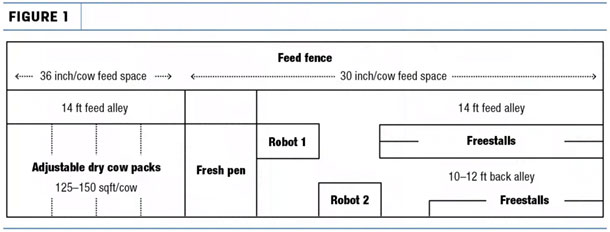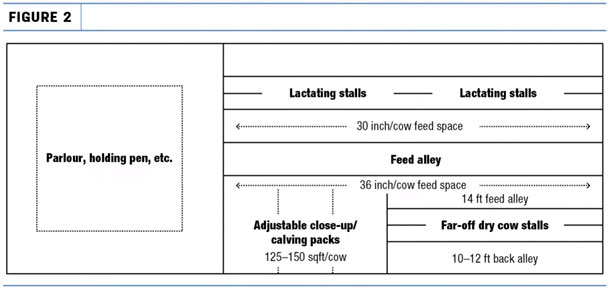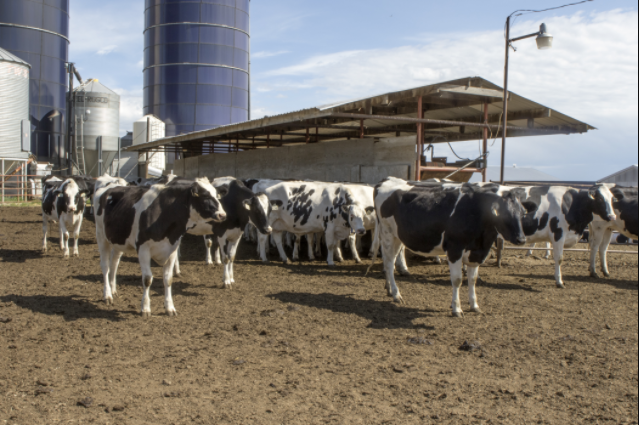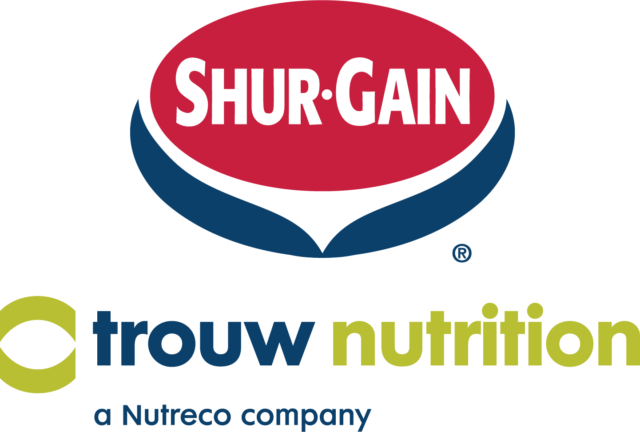It is assumed that the lactating group is the most important stage of production for optimal herd performance and profitability. On the contrary, dry cows and transition cows should be, in fact, the focal point of the dairy operation.
The dry period is more than a period of rest; it is the most critical stage determining future lactation performance, reproductive efficiency and herd longevity.
For this reason, the environment in which transition cows are housed warrants special design and layout considerations. Based on extensive on-farm CowSignals research expanding across the dairy industry, the transition cow model has been refined and should be considered when designing a new or retrofit barn to ensure a successful transition.
Wind speeds between 200 and 400 feet per minute
Ventilation has a major impact on animal comfort every day of the year. Cows accumulate heat at a rate of 0.5ºC per hour while lying down and dissipate approximately 0.25ºC of heat per hour when standing. As the temperature rises, the number of daily lying bouts remain the same, but the length of total lying time decreases. This reduction in resting time can quickly drop as low as six hours a day, negatively affecting immune strength, rumination and hoof health. Current recommendations suggest wind speeds between 200 and 400 feet per minute to keep cows’ core body temperatures below 39ºC, thus promoting optimal total lying time.
In summer months, research shows heat-stressed transition cows experience a reduced gestation length, reduced nutrient intake, reduced immune strength and decreased mammary gland development, all contributing to a reduction in subsequent lactation production by approximately 3.6 kilograms of milk per cow per day and a reduction in conception rate of 20% to 60%.
Furthermore, calves born to heat-stressed dams experience impaired nutrient and immunoglobulin absorption from colostrum, are lighter at birth and weaning, and produce an average of 4 kilograms per day less milk when they reach the milking herd – a negative effect that will carry on throughout subsequent lactations, leading to a decrease in herd longevity by 32%.
Short day photoperiod consisting of 16 hours of darkness, eight hours of light
During the dry period, cows require a reduced photoperiod compared to the lactating herd. As stated by OMAFRA, a short day photoperiod (SDPP) is ideal for dry cows. Cows continually exposed to long day photoperiods (LDPP) will gradually lose their ability to increase milk production during long days. It appears that short days re-establish a cow’s ability to respond to an LDPP in their next lactation. In most cases, SDPP consists of 16 hours of darkness (less than 50 lux) and eight hours of light (greater than 200 lux). That said, as long as light is limited to less than 12 hours per day, this will be enough time to trigger the cow’s internal physiological clock and ensure optimal milk yield during the following lactation.
Perhaps more interestingly, preliminary studies suggest dry cows exposed to SDPP are better able to resist udder infections when compared to cows under an LDPP.
Minimum 4 linear inches of surface drinking water space per cow
The most essential nutrient for the dairy cow, regardless of their stage of production, is water. During gestation, water will be used to keep the cow hydrated as well as aid in nutrient supply to support the needs of the developing fetus. During the last month of gestation, fetal growth rate accelerates drastically, increasing dam water consumption. In parallel, prior to calving, dry matter intake (DMI) will begin to decline. Maximizing dry matter intake during the transition period is key to transition success. Having unrestricted access to ample amounts of clean, quality water will support feed intake.
In a freestall or pack barn with water troughs, it is recommended to provide minimum 4 linear inches of surface drinking water space per cow, with a minimum of two drinking locations.
Water must be of excellent quality and cleanliness. If you are not willing to drink from the same water source as the cow, the water is not clean enough. It is recommended to clean troughs daily with a scrub brush to remove buildup of any surface biofilm bacteria. While cleaning, do not forget to scrub the float as well, as this is often missed.
Minimum of 30 to 36 inches per head of feed space
A common question: What is the best dry cow and transition ration to ensure success? The CowSignals answer is: one that she can reach. Transition cows must be able to eat easily, without effort and, above all, without competition. Providing a minimum of 30 to 36 inches per head of feed space enables each cow the ability to eat comfortably.
Feed fence recommendations include a feed curb no more than 20 inches high (including hardware) and a neck rail which should be placed at 80% of rump height and 6 inches forward. Vertical “feed stall” dividers at the feed fence are shown to provide greater security for timid cows being bullied at the feed fence, increasing overall DMI. Remember, you can have the best dry cow ration in the world, but if intakes are reduced due to under feeding, limited bunk space or a lack of feed push-ups, the nutrition is wasted.
Multiple entry and exit points
Cows must be able to move easily and without restrictions. Too often, the beneficial effects of well-designed and managed bed packs are ruined by narrow, single entry/exit points which are monopolized by dominant cows. If possible, it is recommended to have multiple entry/exit points, allowing full access to both the resting area and feed alley. If there is only a single entry/exit point, maximize space to prevent guarding by dominant cows.
Stress-free calving line
The stress-free calving line (SFCL) is gaining popularity. The intention of an SFCL is literal: a stress-free transition area in a linear or one location. Any changes during the transition period, whether it be pen moves, diet changes or other, will cause stress. Ensuring cows can see where they came from and where they are going diminishes that first major stressor of pen changes. Figures 1 and 2 suggest two different designs that most easily incorporate a stress-free calving line.


By allowing dry cows to see how their herdmates navigate a pen allows them to observe where they would access their food, water and resting place.
An SFCL allows for optimal management during calving events. CowSignals and the University of Wisconsin agree on the best management for calving cows:
- Just-in-time calving – Cows are moved to the calving pen hours before calving.
- Short-term maternity stay – Cows are moved to the calving pen less than two days before expected calving.
- Long-term maternity stay – Cows are moved to the calving location more than seven days before expected calving.
Surveys done in Wisconsin on herds greater than 200 cows found that 55% adopt just-in-time calving, while 32% use long-term- stay maternity areas. Cows moved between two and six days before expected calving will have an increased chance of transition disease and poor early lactation performance.
When building a new barn or renovating an existing installation, consider all aspects of the environment to ensure a successful transition period. Providing an optimal stress-free calving area will pay back tenfold.








